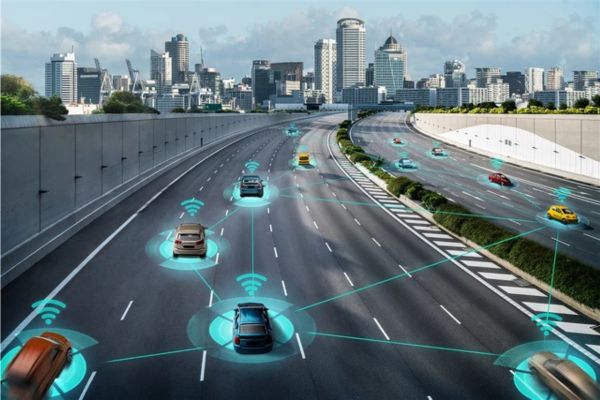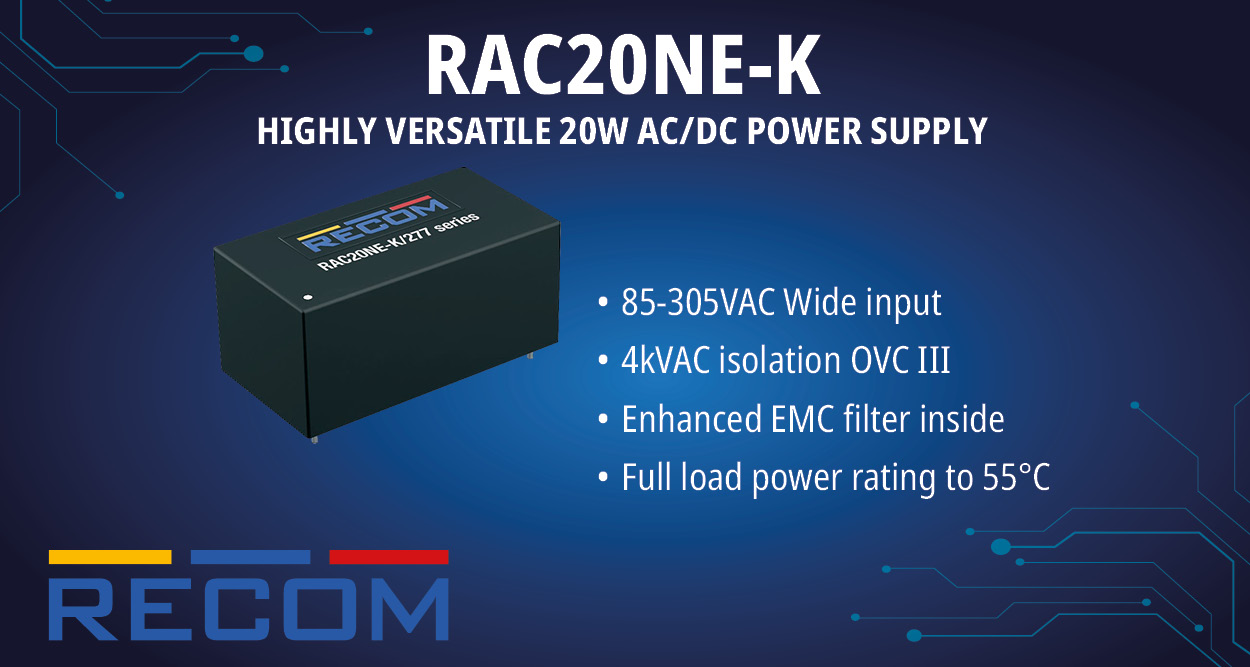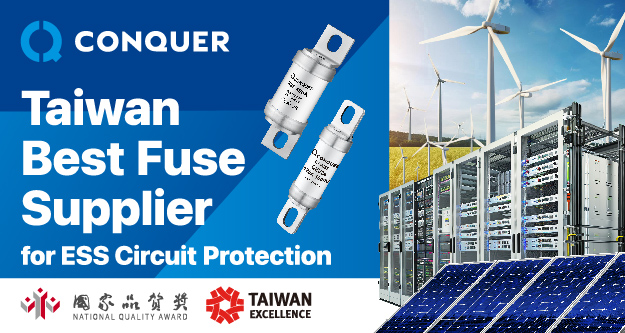The automotive industry is undergoing a significant transformation with the advent of Vehicle-to-Everything (V2X) technology, which is set to revolutionize the way vehicles communicate with each other, infrastructure, and even pedestrians. V2X is a critical enabler of the connected and autonomous vehicle ecosystem, providing the foundation for safer, more efficient, and intelligent road networks. By leveraging real-time communication and data exchange, V2X technology is enhancing road safety, improving traffic management, and paving the way for a new era of mobility.
V2X encompasses a variety of communication systems, including Vehicle-to-Vehicle (V2V), Vehicle-to-Infrastructure (V2I), Vehicle-to-Pedestrian (V2P), and Vehicle-to-Network (V2N), all of which work together to create a seamless communication network between vehicles, infrastructure, and surrounding environments. This integrated ecosystem is poised to change the way vehicles operate, enhancing both individual driver experience and the collective flow of traffic. According to the Consegic Business Intelligence report, Automotive V2X Market Size is estimated to reach over USD 18,027.58 Million by 2032 from a value of USD 1,598.02 Million in 2024 and is projected to grow by USD 2,135.53 Million in 2025, growing at a CAGR of 40.3% from 2025 to 2032.
Enhancing Road Safety with Real-Time Communication:
One of the most significant benefits of V2X technology is its ability to improve road safety by enabling real-time communication between vehicles and other road users. V2V communication allows vehicles to exchange crucial information such as speed, direction, location, and braking status, providing early warnings of potential collisions or hazardous conditions.
For example, if a vehicle in front suddenly brakes or changes lanes, V2V technology can alert the following driver in real-time, giving them a few crucial seconds to react and avoid a collision. Similarly, V2P communication can help vehicles detect pedestrians or cyclists, alerting drivers to the presence of vulnerable road users that may not be visible due to blind spots.
In the event of a traffic accident or road hazard, V2X communication enables vehicles to automatically notify nearby vehicles and traffic management systems, allowing other drivers to take evasive action or reroute to avoid delays or secondary accidents.
This proactive communication can significantly reduce the number of accidents caused by human error, blind spots, or poor visibility, helping to create safer roads for all users.
Optimizing Traffic Flow and Efficiency:
Beyond enhancing safety, V2X technology is transforming traffic management and congestion control. By providing real-time data about vehicle movements, road conditions, and traffic signals, V2X can improve the efficiency of transportation systems and reduce bottlenecks.
V2I communication allows vehicles to interact with traffic signals, enabling smarter traffic light management systems. For example, vehicles approaching an intersection can receive green lights in advance based on their speed and position, reducing wait times and improving overall traffic flow. This can be particularly beneficial in urban environments, where congestion and delays are common.
Moreover, V2X-enabled vehicles can be part of a broader smart city infrastructure, where information from various sources—such as traffic lights, road signs, weather stations, and parking sensors—is continuously shared and analysed. By optimizing traffic routes and signal timings based on real-time data, V2X helps reduce fuel consumption, cut emissions, and improve air quality.
Facilitating Autonomous Driving and Connected Vehicles:
V2X is a cornerstone technology for autonomous driving, enabling vehicles to communicate with each other and their surroundings in ways that traditional vehicles cannot. Autonomous vehicles rely on precise, real-time data to navigate complex environments, and V2X provides a valuable layer of information that complements existing sensors like cameras, radar, and lidar.
For instance, V2X technology allows autonomous vehicles to receive information from other vehicles about upcoming road conditions, such as a vehicle suddenly stopping or an obstacle in the roadway. It can also enhance the vehicle’s awareness of the surrounding environment, even in situations where sensors may have limited visibility, such as at intersections or during adverse weather conditions.
As a result, V2X accelerates the development and deployment of fully autonomous vehicles, bringing the industry closer to realizing a future with safer, more efficient, and fully autonomous road networks.
Supporting Regulatory and Policy Development:
As V2X technology evolves, regulatory bodies and policymakers are working to ensure that the deployment and integration of V2X systems are safe, standardized, and aligned with global transportation goals. Governments are beginning to implement V2X communication standards to facilitate interoperability across different vehicle makes and models, as well as between vehicles and infrastructure.
Regulations around data privacy, security, and spectrum allocation for V2X communication are also becoming increasingly important. Ensuring the secure exchange of data between vehicles and infrastructure, while protecting user privacy, will be critical to the widespread adoption of V2X technology. The development of international standards such as IEEE 802.11p and 5G networks is helping to create a framework for these systems to work seamlessly together across borders and jurisdictions.
Conclusion:
Automotive V2X technology is revolutionizing the way vehicles communicate with each other, the infrastructure around them, and the world at large. By enabling real-time communication, V2X improves road safety, optimizes traffic flow, supports the development of autonomous vehicles, and facilitates smarter, more connected transportation networks.
As the adoption of V2X technology continues to grow, it will play a pivotal role in the future of mobility, making roads safer, more efficient, and more responsive to the needs of drivers, pedestrians, and cities alike. With continued advancements in communication protocols, data analytics, and integration with autonomous systems, V2X is set to reshape the future of road safety and transportation as a whole.
Source: Automotive V2X Market
















